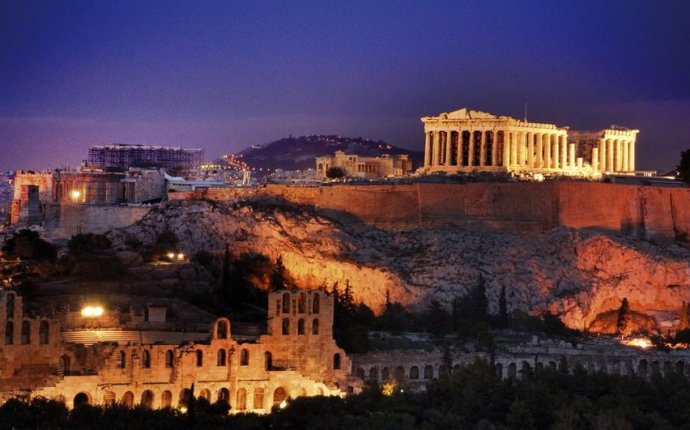
Fact About Greece Geography
 Greece is bordered to the east by the , to the south by the , and to the west by the . Only to the north and northeast does it have land borders (totaling some 735 miles [1, 180 km]), with, from west to east, , the Republic of (see ), , and . The Greek landscape is conspicuous not only for its rugged beauty but also for its complexity and variety. Three elements dominate: the sea, the mountains, and the lowland. The Greek mainland is sharply indented; arms and inlets of the sea penetrate so deeply that only a small, wedge-shaped portion of the interior is more than 50 miles (80 km) from the coast. The rocky headlands and peninsulas extend outward to the sea where there are many arcs and archipelagoes. The southernmost part of mainland Greece, the Pelopónnisos (ancient Greek: ) peninsula, connects to the mainland only by the narrow isthmus at the head of the Gulf of Korinthiakós (Corinth). Greece’s mountainous terrain covers some four-fifths of the country, much of which is deeply dissected. A series of mainland mountain chains running northwest-southeast enclose narrow parallel valleys and numerous small basins that once held lakes. With riverine plains and thin, discontinuous strips of coastal plain, these interior valleys and basins constitute the lowland. Although it accounts for only about one-fifth of the country’s land area, the lowland has played an important role in the life of the country.
Greece is bordered to the east by the , to the south by the , and to the west by the . Only to the north and northeast does it have land borders (totaling some 735 miles [1, 180 km]), with, from west to east, , the Republic of (see ), , and . The Greek landscape is conspicuous not only for its rugged beauty but also for its complexity and variety. Three elements dominate: the sea, the mountains, and the lowland. The Greek mainland is sharply indented; arms and inlets of the sea penetrate so deeply that only a small, wedge-shaped portion of the interior is more than 50 miles (80 km) from the coast. The rocky headlands and peninsulas extend outward to the sea where there are many arcs and archipelagoes. The southernmost part of mainland Greece, the Pelopónnisos (ancient Greek: ) peninsula, connects to the mainland only by the narrow isthmus at the head of the Gulf of Korinthiakós (Corinth). Greece’s mountainous terrain covers some four-fifths of the country, much of which is deeply dissected. A series of mainland mountain chains running northwest-southeast enclose narrow parallel valleys and numerous small basins that once held lakes. With riverine plains and thin, discontinuous strips of coastal plain, these interior valleys and basins constitute the lowland. Although it accounts for only about one-fifth of the country’s land area, the lowland has played an important role in the life of the country.